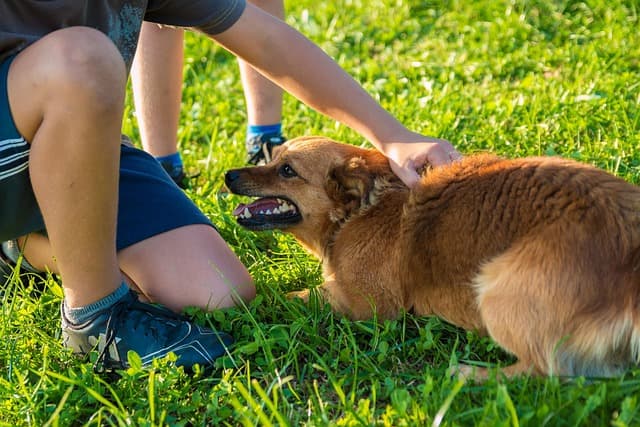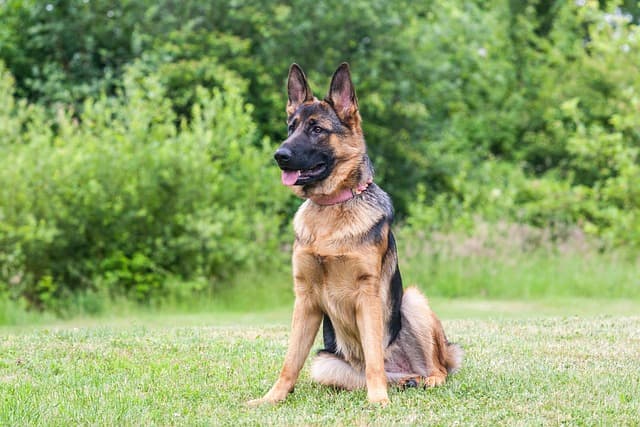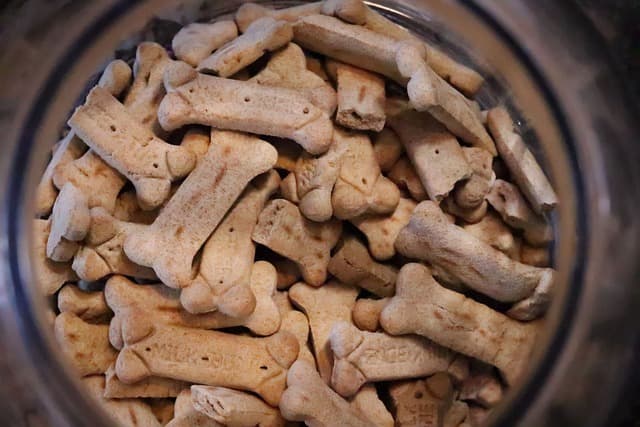A dog’s permanent teeth appear when milk teeth are replaced during childhood, between 4 and 7 months of age. Adult dogs have 42 teeth, of which 20 are on the top and 22 on the bottom. Twelve incisors (6 upper and respectively 6 lower) are involved in the capture of food, four pointed canines are needed to tear the flesh, the remaining teeth are located on the sides.
Healthy teeth are covered with glossy white enamel, they are strong and free of any plaque. They are a great tool to handle hard foods, and a great weapon against the dog’s enemies. Depending on the condition of the teeth, you can tell a lot about the apparent state of affairs in the four-legged patient’s body.
Regular brushing of teeth at home helps to keep them beautiful and also helps to get rid of bad odor from the mouth. Dental hygiene is also required to prevent the appearance of various diseases such as periodontal disease, dental caries, stomatitis and others. Prevention and appropriate dental treatment, taken in time, will not allow the development of pathologies of internal organs, including the gastrointestinal tract, cardiovascular system and even affect the immune system.
Teeth should be brushed at least 1-2 times a week to prevent the soft brownish plaque from hardening and turning into tartar. However, it is ideal to brush every evening. The dental procedure can be carried out independently at home or by specialists in the clinic.
It should be borne in mind that hygienic procedures are not a panacea that protects against the occurrence of dangerous diseases. Inflammatory processes may occur in the animal’s mouth due to improper nutrition or as a consequence of more serious internal diseases. However, regular procedures will allow you to quickly see the beginning of an alarming process and in time to sound the alarm, so as not to aggravate the situation. What is the first thing a dog owner should look out for?
- Persistent bad odor from the mouth;
- Redness of mucous surfaces;
- bleeding;
- Swelling.
If any of these problems occur, you should contact your veterinarian immediately.



